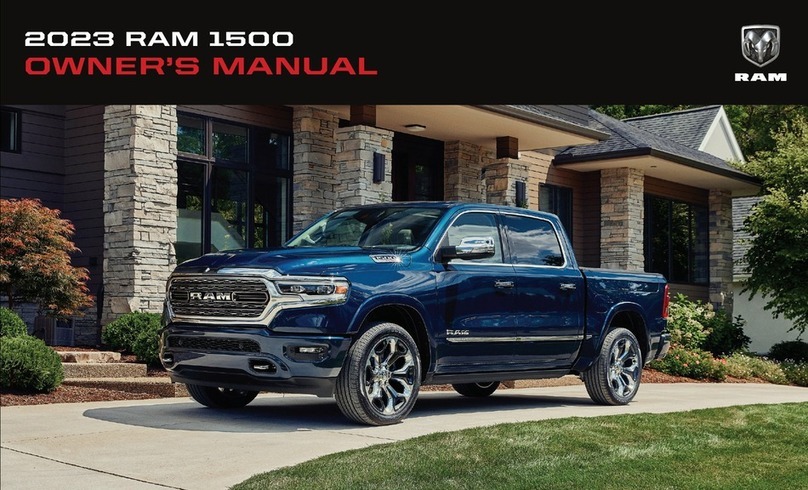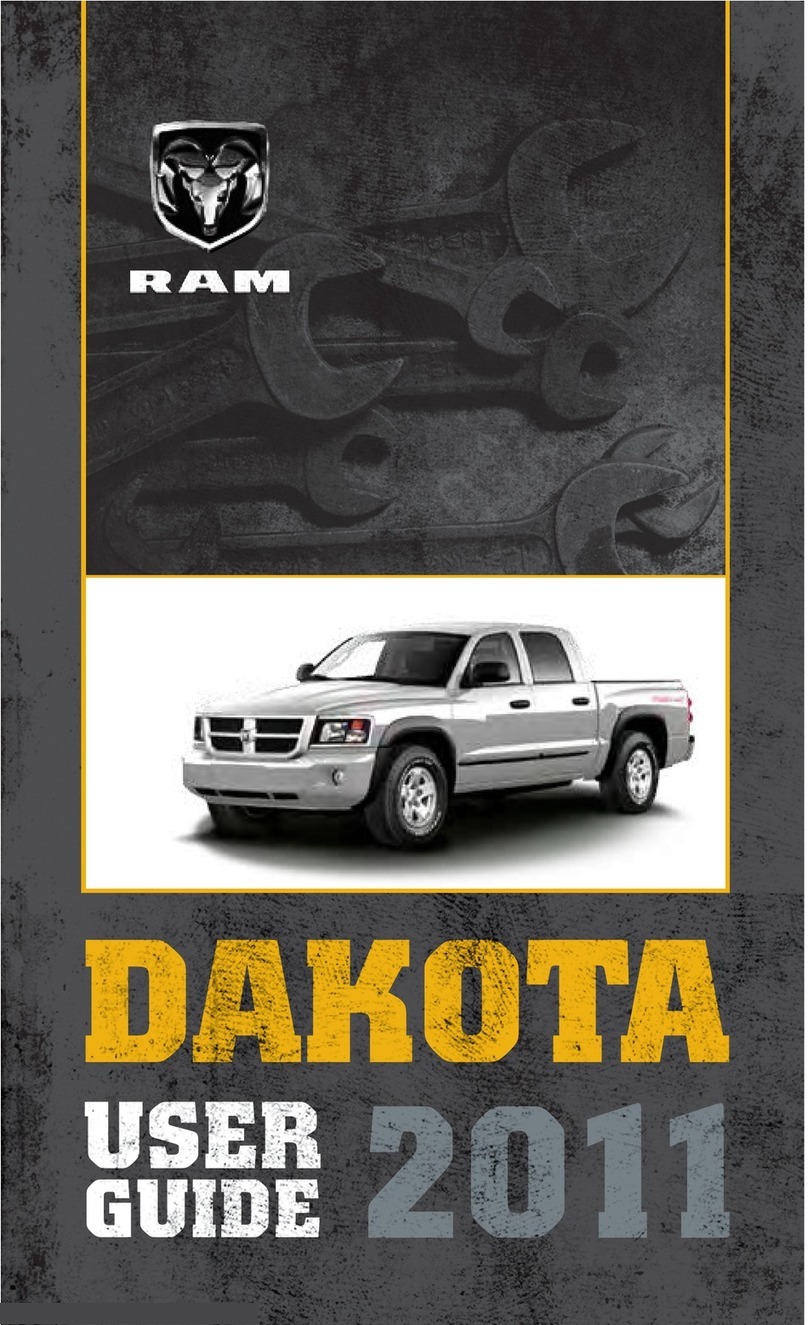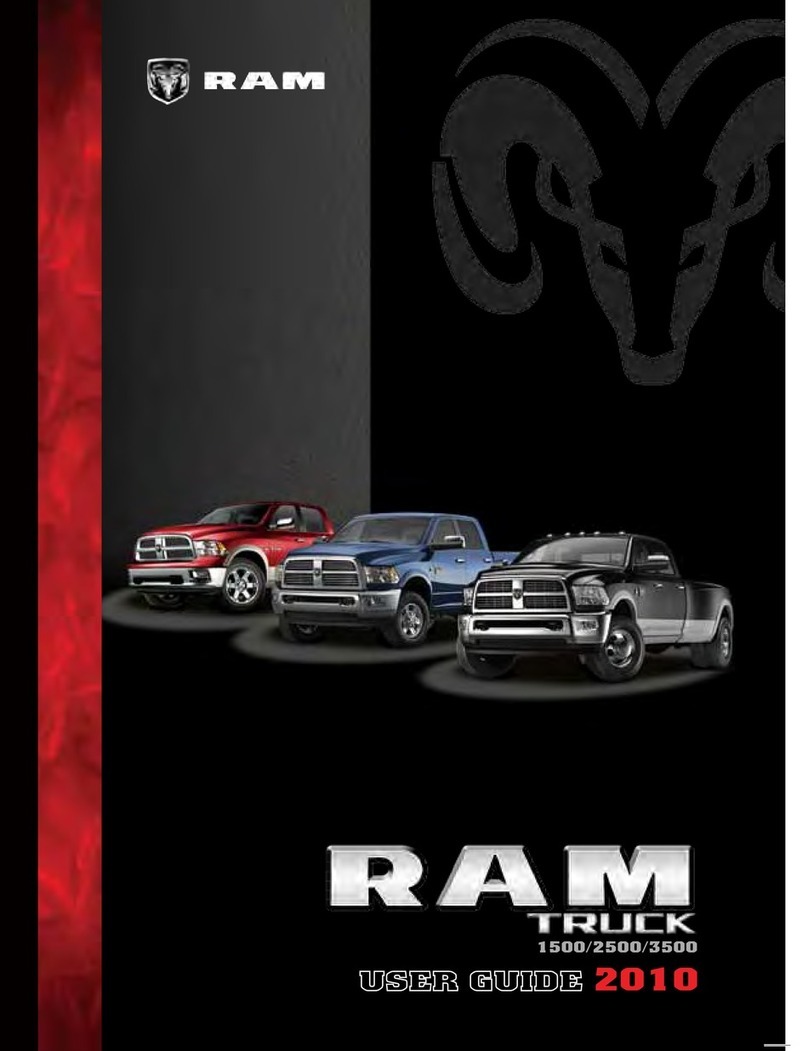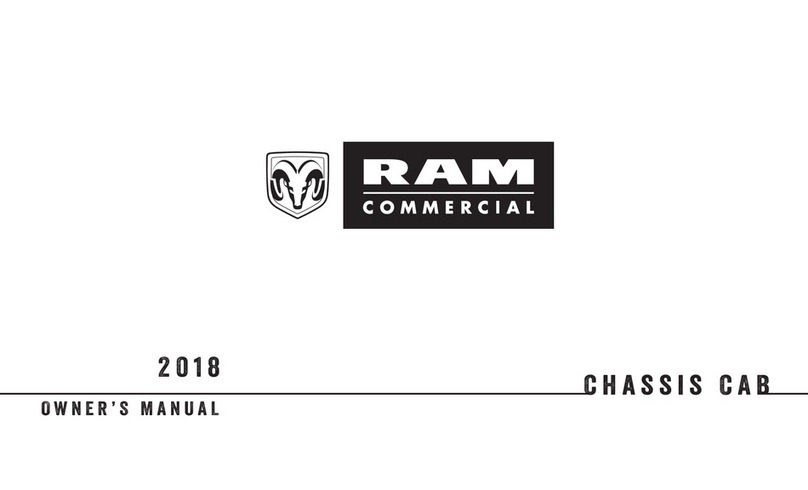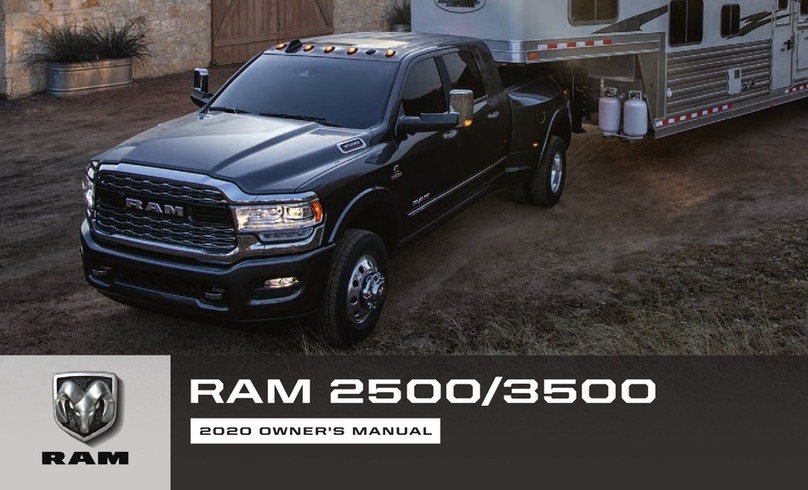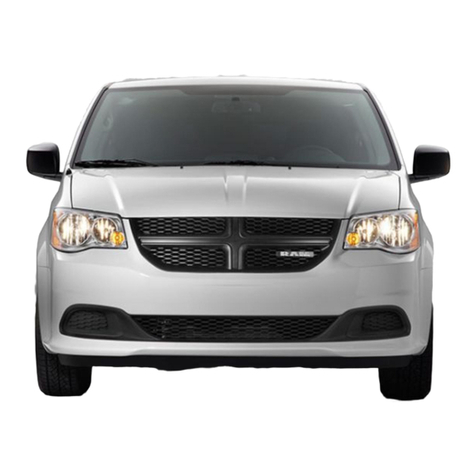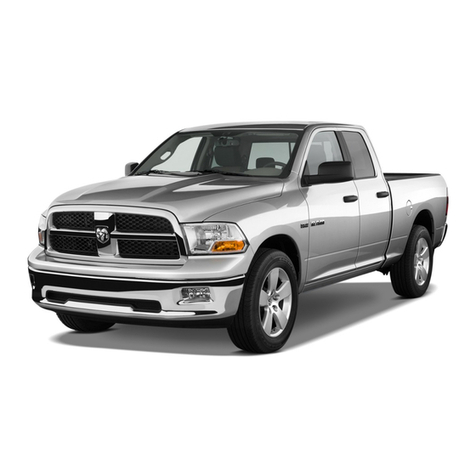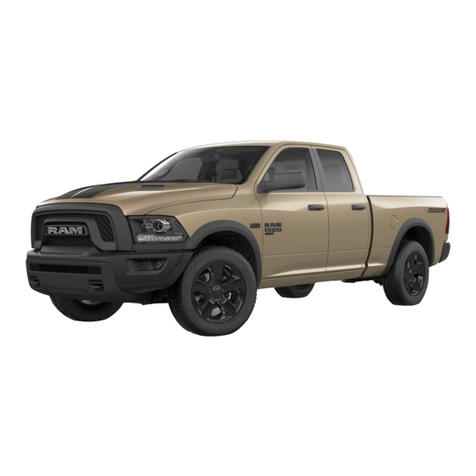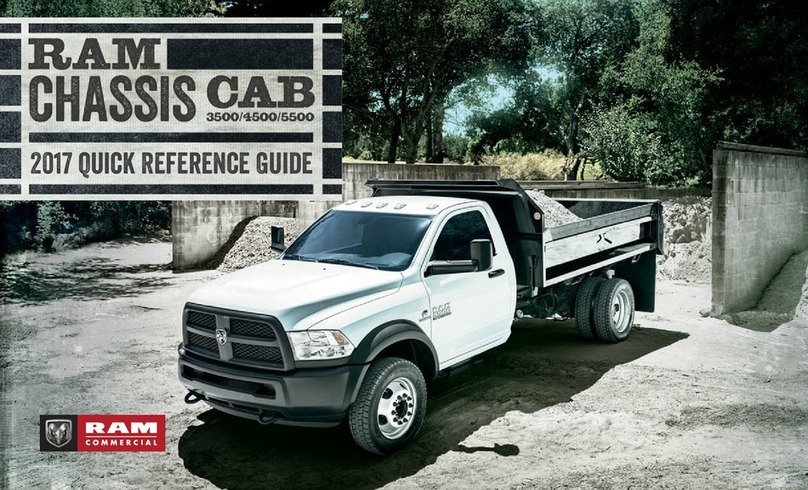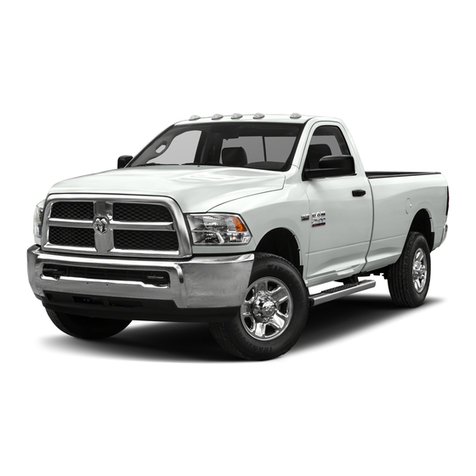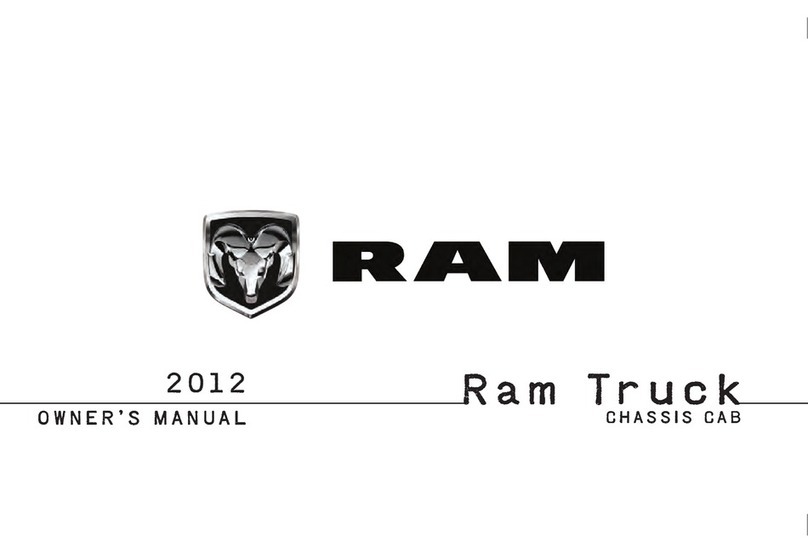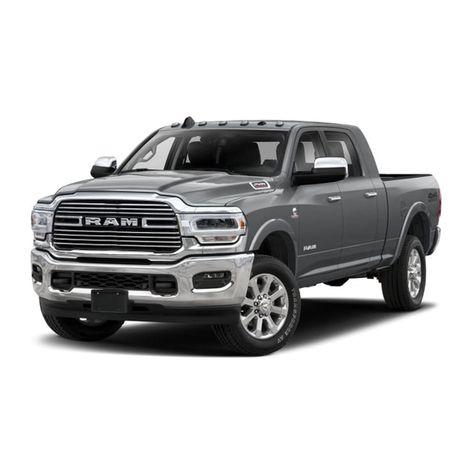
A MESSAGE FROM CHRYSLER GROUP LLC
Chrysler Group LLC and Cummins威welcome you as a
Cummins威turbocharged diesel-powered truck owner.
Your diesel truck will sound, feel, drive, and operate
differently from a gasoline-powered truck. It is important
that you read and understand this manual.
Almost 100% of the heavy duty trucks in the United
States and Canada are diesel-powered because of the fuel
economy, rugged durability, and high torque which per-
mits pulling heavy loads. Cummins威engines power well
over half of these trucks. Now this same technology and
proven performance is yours in your truck equipped
with the Cummins威turbocharged diesel engine.
You may find that some of the starting, operating, and
maintenance procedures are different. However, they are
simple to follow and careful adherence to them will
ensure that you take full advantage of the features of this
engine.
NOTE: Some aftermarket products may cause severe
engine/transmission and/or exhaust system damage.
Your vehicle’s Powertrain Control Systems can detect
and store information about vehicle modifications that
increase horsepower and torque output such as whether
or not performance-enhancing powertrain components,
commonly referred to as downloaders, power boxes, or
performance chips have been used.
This information cannot be erased and will stay in the
system’s memory even if the modification is removed.
This information can be retrieved by Chrysler Group
LLC, and service and repair facilities, when servicing
your vehicle. This information may be used to determine
if repair will be covered by warranty.
There is a probability that the use of a “performance
chip” will prohibit the engine from starting. In this
instance, the vehicle will need to be serviced by a
authorized dealer in order to return the vehicle to it’s
factory settings.
4 INTRODUCTION
